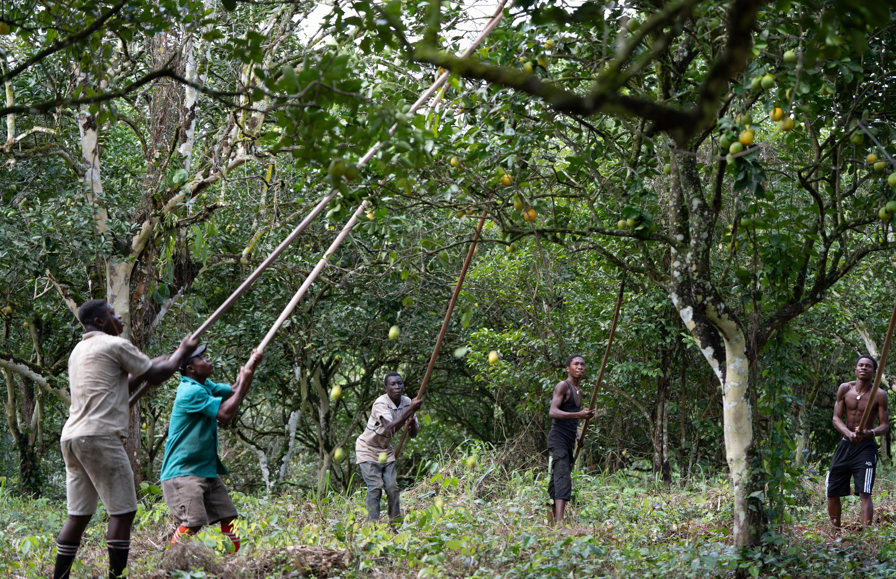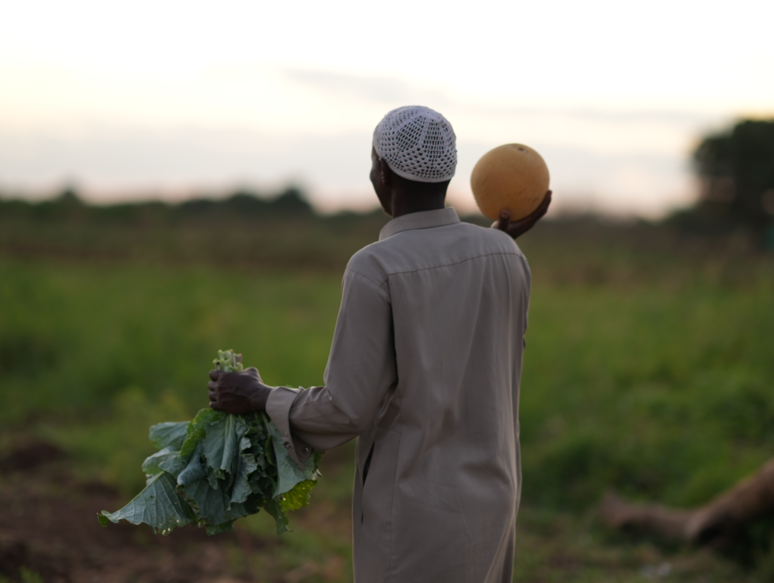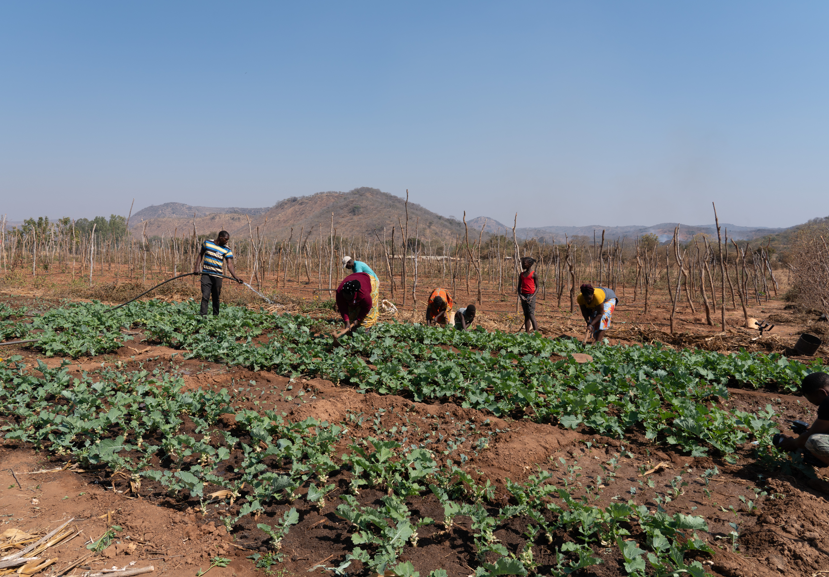

When shopping, Mercy Wangondu hardly pauses to ask herself what determines grocery prices. Mercy buys both locally produced and imported cereals, fish, fruits and spices.
What is clear to her, though, is that prices have been trending upward in recent years. ‘‘I spend more on the same basket every month,’’ laments the clinical officer, adding resignedly: ‘‘What choice do I have anyway? Everything is expensive nowadays.’’
Back at home in Tetu in Nyeri County, her aging parents farm tea and coffee.
They have cultivated the two cash crops —their sole livelihood- for decades. While this family isn’t altogether poor, their farm produces just enough to get by, pay small bills, buy food and stock agrochemicals for the season.
Like many smallholder Kenyan farmers, the Wangondus may not know that what they cultivate and the price of food are informed by both the past and factors thousands of miles away.
For decades, Kenya’s adopted agricultural practices- including export agriculture- have influenced how farmers utilise their land, what they grow and how they grow it.
This, ultimately, shapes the country’s food security situation but also whether farmers shake off poverty.
Now, these issues are the subject of a new cooperation strategy between the German Ministry of Agriculture (BMEL) with Africa. Through the ‘‘German Agriculture and Food Strategy for Africa 2025’’, the European industrial giant aims to help build a robust agricultural future for Africa, anchored on food systems rooted in sustainability, equity and resilience while fostering mutual benefits.
Additionally, the BMEL hopes its revamped cooperation with Africa will strengthen food security and eliminate dependence on food imports.
Predictably, the strategy has attracted intense scrutiny in the continent and beyond, with civil society organisations Power Shift Africa and Germanwatch urging the German government to prioritise food sovereignty and agroecology in its agricultural cooperation model.
In a rejoinder, the nonprofits have questioned the gaps in the strategy, noting that similar bilateral and multilateral interventions in the past have failed to boost Africa’s food production, with the continent perennially in the grip of hunger.
Today, Africa’s food security situation is severe, the numbers menacing. In 2023 alone, 298 million Africans faced hunger, according to data from the International Fund for Agricultural Development (Ifad).
This is one in five people. The future is even bleaker. Various UN agencies warn that without interventions, Africa will be the hungriest continent in the world by 2030, with more than half of the 600 million chronically undernourished people coming from the continent.
Food and agriculture experts believe this is the product of decades of investments in industrialised agricultural systems. But also underinvestment in agroecology.

They argue that industrial agriculture has failed to shift the global food system from dominance by food corporations. Amy G Thorp says this regime has left Africa’s smallholder farmers more vulnerable and dependent on external inputs such as seeds and agrochemicals.
Today, Syngenta, BASF, Bayer-Monsanto and DowDuPont control more than 60 percent of the world’s seed and agrochemical market. It is this superiority by the so-called ‘‘Big Ag’’ that Amy thinks should be eliminated. To the climate adaptation expert, the German-Africa agricultural cooperation framework is a good starting point.
‘‘It is important to ensure African nations retain control of their agricultural future.’’
While the German strategy recognises the impact of agricultural imports — notably fertilisers and other chemicals —on local production and food security, experts like Bridget Mugambe don’t think this is enough. The programs coordinator at Alliance for Food Sovereignty in Africa (AFSA) insists that the policy ‘‘completely overlooks’’ the power of territorial markets in advancing food sovereignty and resilient livelihoods on the continent.
‘‘Across Africa, mega supermarkets are flooding shelves with imported, ultra-processed foods; convenient, but at the cost of local farmers, nutrition, and sustainable food systems,” Mugambe says.
Interestingly, cash crops for export have left Africans not only hungrier but poorer, too. But how? On the one hand, flower cuts and tea generate income for farmers, improving their quality of life. On the other hand, these crops shift land use. Most of them are sold on international markets, which experience acute price volatility.
For decades, farming in Africa has been captive to what agricultural activists describe as ‘‘colonial structures’’ of extraction, where the continent is used to produce raw materials for goods manufactured elsewhere.
Most of the world’s chocolate, for instance, is made from African-grown cocoa, with Cote d’Ivoire, Ghana, Nigeria and Cameroon contributing 75 percent of the global cocoa output.
The bulk of this cocoa is cultivated by smallholder farmers on a $0.78 (Sh101) daily wage and ranked among the poorest people on the planet. Most struggle to feed their families, provide healthcare and put children through school. With this income, it would take the average cocoa farmer in Africa six days of hard toil to afford a standard $5 (Sh648) box of chocolates.
Ironically, Cote d’Ivoire, the world’s largest cocoa producer, earns about 4 percent of the $130 billion in profits raked in by the global chocolate industry annually, according to the World Economic Forum. Meanwhile, chocolate companies such The Hershey, Mondelez, Ferrero and Nestlé rack up more sales revenue in a year than most cocoa-producing countries.
Cote d’Ivoire’s gross domestic product (GDP) of $70 billion in 2022, for instance, was bettered by food multinational Nestlé’s annual sales of $104 billion that year. Yet European chocolate consumers want more chocolate.
If premium and made from single-sourced, artisanal cocoa beans, the better. Will African farmers continue to toil on their farms to meet this growing demand? Lazarus Nanzala finds the notion abhorrent.
The senior policy advisor at SDG2 Advocacy Hub thinks Africans should first aim to grow food for their communities before feeding Europe’s sentimental urges through flowers and chocolates.
‘‘It is important to dismantle extractive trade structures and invest in climate-resilient, farmer-driven food systems. Only then can Africa cultivate dignity, self-reliance, and justice at the heart of its agri-food systems transformation,’’ Nanzala says.
But can moving away from cash crops and adopting agroecology truly feed the country and continent? Is it even feasible? Pramila Mubanda believes so.
‘‘How we farm today is not working for us. Our farming methods do not meet our food needs as a country. The food we import is a marker of our food insecurity,’’ Mubanda observes.
To the co-founder of Urban Smart Gardeners, to be food secure, a country must have sufficient, accessible and safe food —none of which Kenya has.
‘‘Agroecology allows farmers to diversify their production by cultivating what is already on demand in their locale,’’ Mubanda observes and poses: ‘‘Instead of investing heavily in the cultivation of nonfood crops, why not grow what is already on demand in our communities?’’
Nanzala agrees, noting that Africa’s food future hinges on reclaiming and owning it —not just in policies but in practice too.
He says: ‘‘Decades of neglect and a lack of concerted direct support has left our smallholder farmers shackled to external interests. True resilience lies in direct investment by our governments in local knowledge and equitable systems that empower communities to steward their land, seeds and future.’’ While the German framework reflects agroecology, it fails to integrate food sovereignty ‘‘as a core guiding principle.’’
African food and agriculture experts have been championing food sovereignty over food security, stressing its all-encompassing importance in addressing critical issues such as land rights and seed sovereignty.

To Amy, this has the potential to hand control of food systems back to local players. She says: ‘‘If Germany’s strategy is truly committed to empowering African farmers, it must put food sovereignty at the center and create a space for African countries to reclaim their food systems from the grip of multinational corporations.”
If the prevailing agricultural power dynamics have been bad for Africa, climate change is pushing the continent further to the precipice.
Today, Kenya, Uganda and Tanzania, and indeed the entire Horn of Africa region, have become more prone to floods and droughts than ever before, with annual occurrences.
These extreme weather events have upended agricultural activity, stretching the region’s prospect of food security even thinner. While the region’s climate vulnerability grows graver, its readiness to address disasters remains shockingly low.
All countries in the region rank in the top 50 most vulnerable and least prepared to address the effects of climate change, owing to minimal adaptation interventions, including in agriculture.
This means the future of food production in Eastern Africa hangs in the balance.
Lina Adil of Germanwatch says that neglecting the link between land use and climate action undermines long-term sustainability.
Adil, a policy advisor on climate adaptation and loss and damage, notes that the German government must implement its strategy in a way that harmonises food production, adaptation and carbon sequestration.
‘‘There is a need to transform agricultural landscapes into powerful allies in the fight against climate change,” notes Adil.











